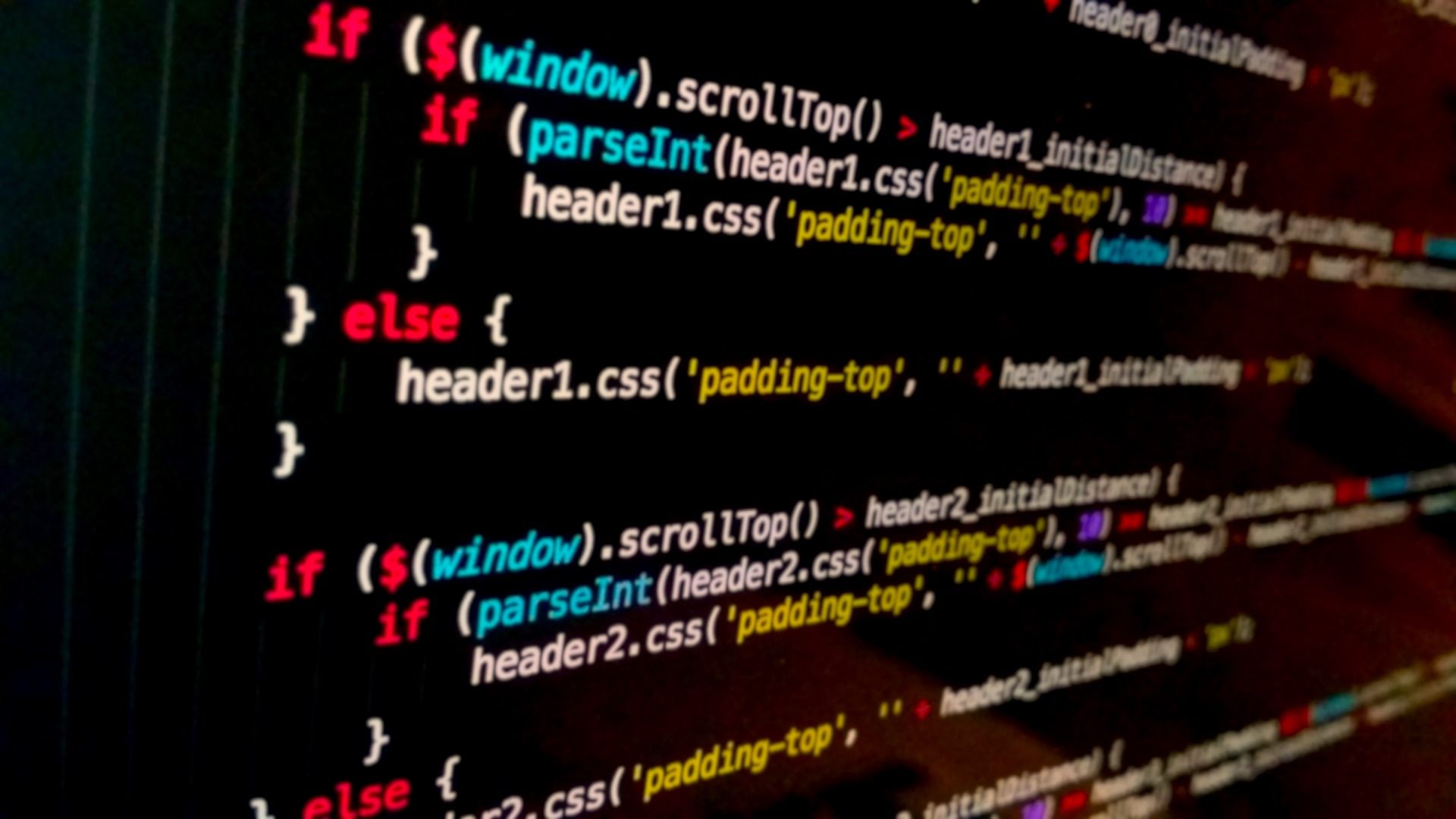The Gibberish That Sparked One of the Internet’s Oldest Unsolved Mysteries
More than 20 years later, the true meaning of the Markovian Parallax Denigrate remains elusive.

What is the Markovian Parallax Denigrate? It’s an enduring question for the ages, or a simple case of nothing much at all, depending on whom you ask. It’s been called the “Internet’s oldest and weirdest mystery,” and it all started with a series of enigmatic early internet posts from the mid-1990s, the full meaning of which remains unsolved over 20 years later.
The Markovian Parallax Denigrate messages date back to 1996, before the internet as we know it existed, at a time when the discussion system Usenet was still in wide use. Operating like a bulletin board or forum does today, Usenet allowed users to communicate by posting chronologically ordered messages, and not unlike the forums of today, it had problems with spam. The first major spamming incident in the history of the internet occurred in 1994, when a pair of lawyers blasted thousands of Usenet users with unbidden ads for their immigration law services. But when the mysterious Markovian Parallax Denigrate messages began, there were some good reasons to wonder if they were something more than spam.
Around August 5, 1996 (the date that belongs to one of the only surviving examples of the strange posts), hundreds of odd messages began sliding into discussions across Usenet. They consisted of blocks of seemingly nonsensical strings of words that read like terrible slam poetry. The only thing they shared was an equally meaningless subject line: Markovian parallax denigrate. Since many people at the time assumed that the messages were gibberish, most of the original posts have since been lost. But one original post that survives thanks to Google’s archives reads:
jitterbugging McKinley Abe break Newtonian inferring caw update Cohen air collaborate rue sportswriting rococo invocate tousle shadflower Debby Stirling pathogenesis escritoire adventitious novo ITT most chairperson Dwight Hertzog different pinpoint dunk McKinley pendant firelight Uranus episodic medicine ditty craggy flogging variac brotherhood Webb impromptu file countenance inheritance cohesion refrigerate morphine napkin inland Janeiro nameable yearbook hark
With no easy explanation for their origins or meaning, the messages quickly became fodder for a number of theories as to their existence. According to an in-depth article from 2012 on The Daily Dot, some Usenet denizens hypothesized that the words were a kind of secret code. The indecipherable messages were even likened to the broadcasts of enigmatic Cold War numbers stations. Yet despite multiple attempts to crack, or even find, some kind of cipher, to date, no one has been able to detect any kind of hidden meaning in the messages.
Another theory posited that the messages were the product of an early attempt at some kind of bot. The “Markovian” part of the message name has been thought to relate to a calculating process called a “Markov chain,” which has been used in programming chatbots. But if the messages were the result of tinkering with some kind of emergent conversation, the original programmer has never been identified.
Kevin Morris, the author of the Daily Dot article, proposes in his piece that the messages were the work of a controversial alleged spy, Susan Lindauer, whose name appears in the “From” line of the remaining archived message. While Morris’s article goes into great depth about Lindauer’s possible connections to the Markovian Parallax Denigrate, he also notes that when contacted for the piece, she denied any involvement in the creation of the messages.
Finally there is what may be the simplest answer, that the mystery messages were simply the work of a troll. Just as Usenet has evolved into the vastly more complicated and advanced internet we have today, sending out a bunch of gibberish to strangers could easily be seen as a silly, early version of the pointed and hateful “jokes” of today’s online trolls. Again, though, no one has ever stepped up to claim responsibility for the messages.
It’s been over two decades since the Markovian Parallax Denigrate posts hit Usenet, and despite all the theories and paranoid guesswork, the mystery is no closer to being solved now than it was in the mid-1990s. At this point it seems unlikely that anyone is going to crack the code (if there even is one), but ultimately, their enduring mystery is probably more intriguing than any concrete answer ever could be.







Follow us on Twitter to get the latest on the world's hidden wonders.
Like us on Facebook to get the latest on the world's hidden wonders.
Follow us on Twitter Like us on Facebook